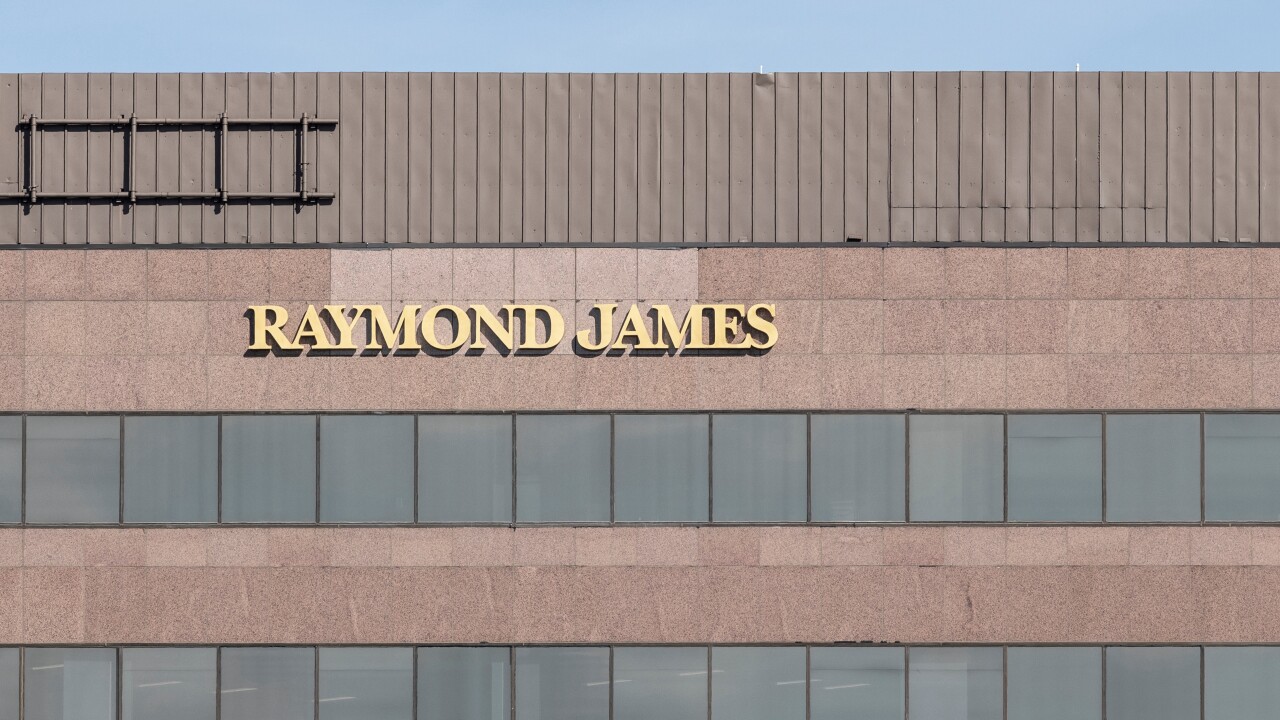Cutting edge technology has facilitated the unified managed account (UMA) becoming ubiquitous within the wealth management industry. Today multiple investment products such as separate accounts, mutual funds and exchange-traded funds can all peacefully co-exist, nestled together under a single client registration.
That wasn't the case all that long ago. Before technology allowed for a single customer account to be created to house multiple investment products, the mass affluent and high net worth clients had to contend with multiple brokerage accounts, several account statements with individual performance reporting as well as voluminous 1099 year-end earnings statements. What's more, financial advisors had to juggle a client's individual investments across multiple product offerings on a one-off basis.
What was once the technology brainchild of the largest broker/dealers has now become the must-have standard for the managed accounts industry. "The UMA has been in vogue," said A.J. Harper, president of ADVISORport, the managed account subsidiary of PFPC. In fact, state-of-the-art technology on all sides of the managed account industry has greatly helped the industry flourish. According to Cerulli, growth of assets in unified managed accounts is expected to climb to $342 billion by 2011 from $27 billion in 2006. Others have even more aggressive estimates for growth, in some cases predicting assets will exceed $500 billion by 2011. Within the next four years, analysts predict there will be 1.2 million UMA accounts across the industry.
"Everyone needs a UMA program to compete in the market today," Harper said.
Fostering Flexibility
According to ADVISORport executives, what's been added to the UMA mix over the past 12 months is flexibility. Financial advisors can now develop their own portfolio allocations, usually within an acceptable range determined by the brokerage firm or bank's main office.
In the past, many advisors were force-fed a choice of four or five fixed asset allocation models for each of the risk/return profiles clients were determined to belong to, Harper explained. But now many firms allow advisors greater choice in choosing flexible models and, in many cases, allocating to a broader selection of underlying products offerings.
That's a huge evolutionary change from the early days of UMAs when fixed portfolio models reigned and only proprietary managers were allowed to be included, explained Kent Bonniwell, svp, business solutions at ADVISORport. "This flexible UMA is realistically putting control in the hands of the advisor."
"We're at an inflection point," Harper added. "How much flexibility does a particular sponsor allow for its reps to have?"
Greater flexibility has led to true customization benefits for clients and more efficient reallocations. It's also become both a useful tool to attract assets and a recruitment tool to attract financial advisors, Harper said.
Fees have also gone more flexible and can be better customized. Financial consultants can scale down their component fees to the appropriate levels depending upon whether a client's portfolio is more heavily weighted to ETFs, which typically cost less to manage, or leans more toward separate accounts, with managers who typically charge a .23% to .30% fee and are more costly for advisors to oversee. The result is more of a bottom-up approach to overall fees.
Limitations Prevail
UMAs, as technologically advanced as they have become, cannot yet accommodate all of the investments that investors maintain nor the innovative products that have been crafted.
ADVISORport executives are working to include insurance products such as variable annuities into UMA platforms in recognition of the vast Baby Boomer retirement income needs to come. But individual hedge funds or fund-of-funds and other alternative asset classes including Exchange-Traded Notes, REITs and even customized structured products cannot now be included as product sleeves within a UMA.
Firms looking to build the next generation UMA are setting their sights on the Unified Managed Household (UMH).
"The UMH will further revolutionize portfolio management by enabling a single account to span across financial institutions, across a family or household, as well as include an investor's assets held outside an institution such as real estate or collectibles," predicted a recent managed account industry white paper from CheckFree Investment Services, the managed account division of Fiserv, Inc.
On the Horizon?
But there are hurdles. Most of the challenges lie around being able to aggregate household investment data from multiple systems, multiple accounts and across multiple platforms such as 401(k) account systems, said Cheryl Nash, svp, strategic marketing and business development at CheckFree. Moreover, brokers are afraid of sharing their clients' investment data with other brokers for fear of losing the client, she said. Likewise, clients don't always want to disclose all assets.
There are also trading challenges because each broker/advisor may only be seeing a sliver of the client's whole portfolio. "You need to look at a portfolio holistically as you are trading," Nash said.
The end goal is to not only aggregate all of a client's financial information and holdings but have this done automatically and seamlessly, she added.
Once the technology is available, the next step will be to truly consolidate all of a client's financial information: investments, hard assets, tax returns, bank accounts and even credit card information. "It will be like one-stop shopping. It is really what needs to happen," Nash said.
(c) 2008 Money Management Executive and SourceMedia, Inc. All Rights Reserved.
http://www.mmexecutive.com http://www.sourcemedia.com





